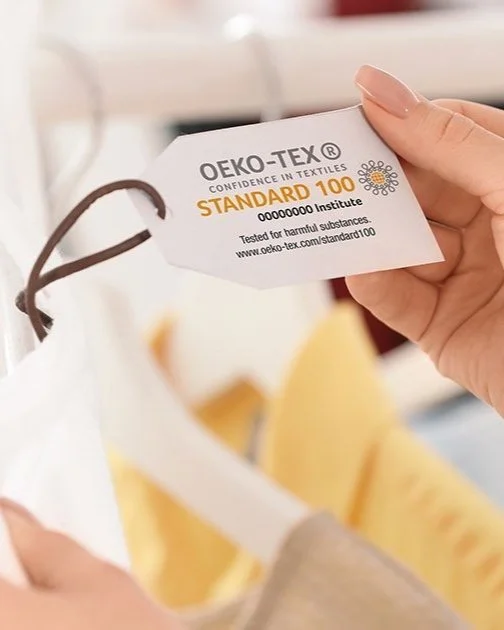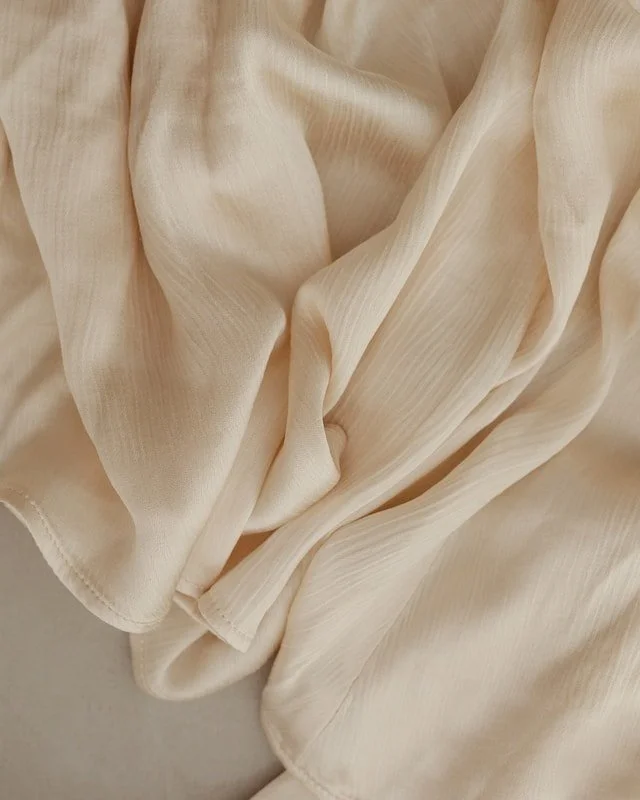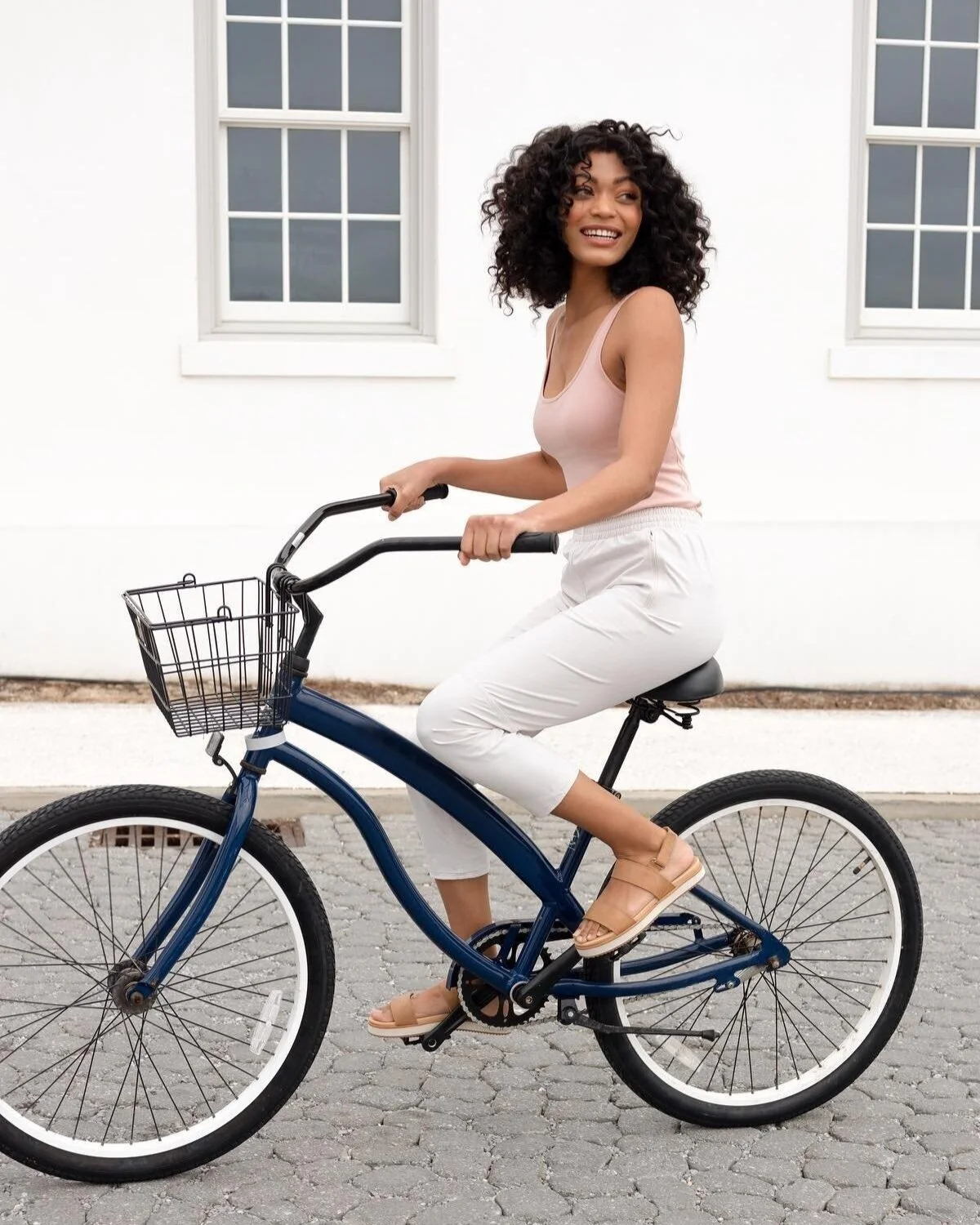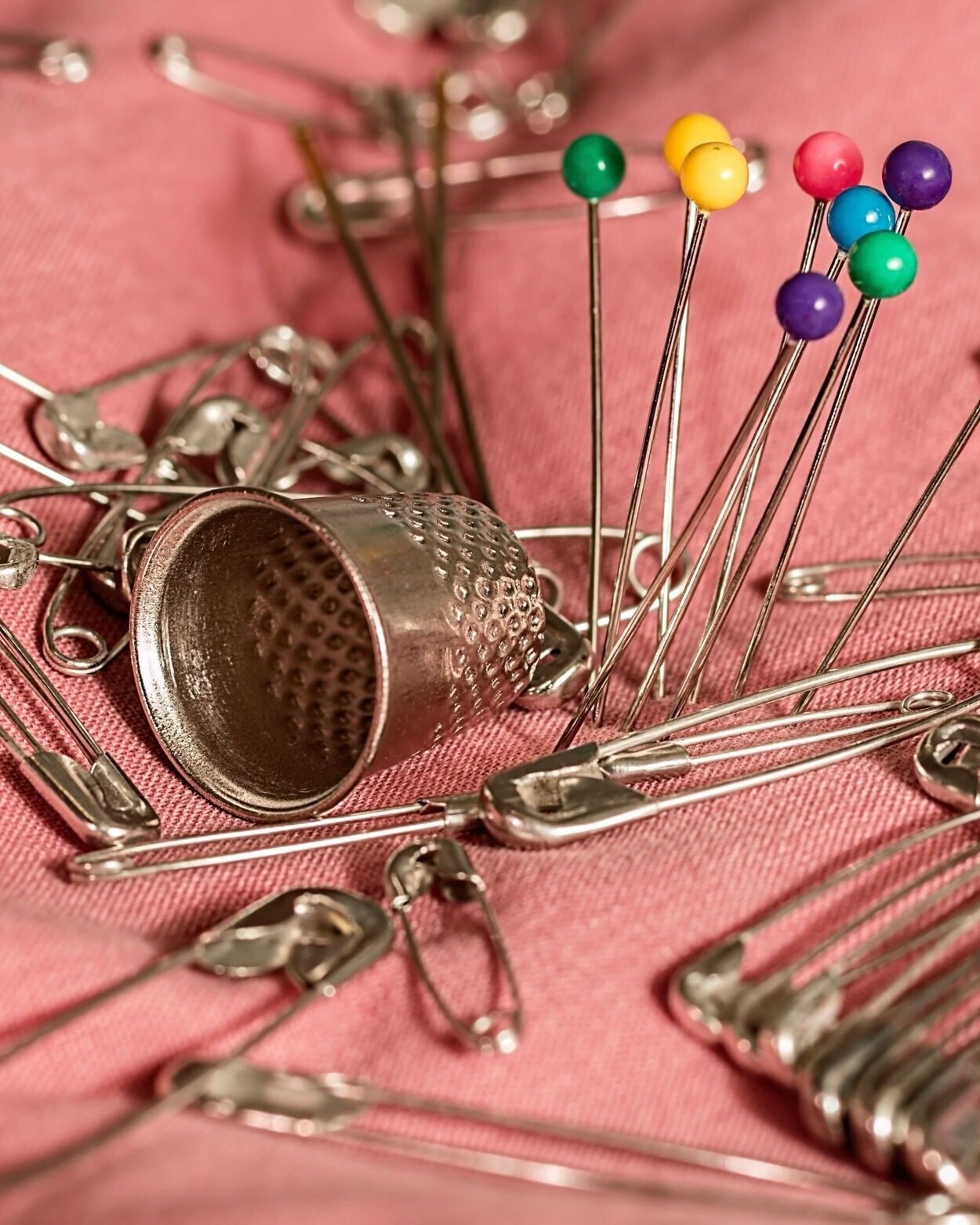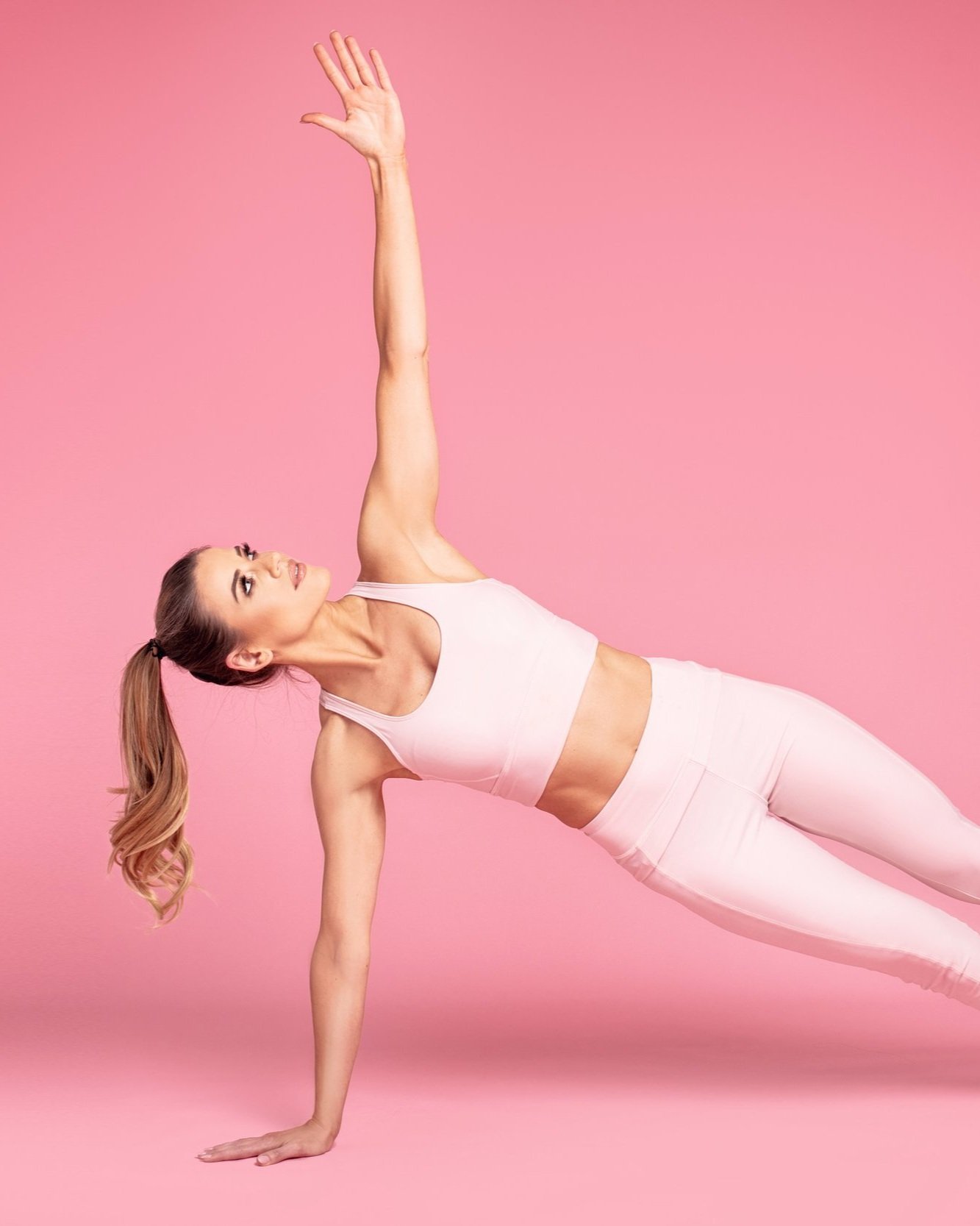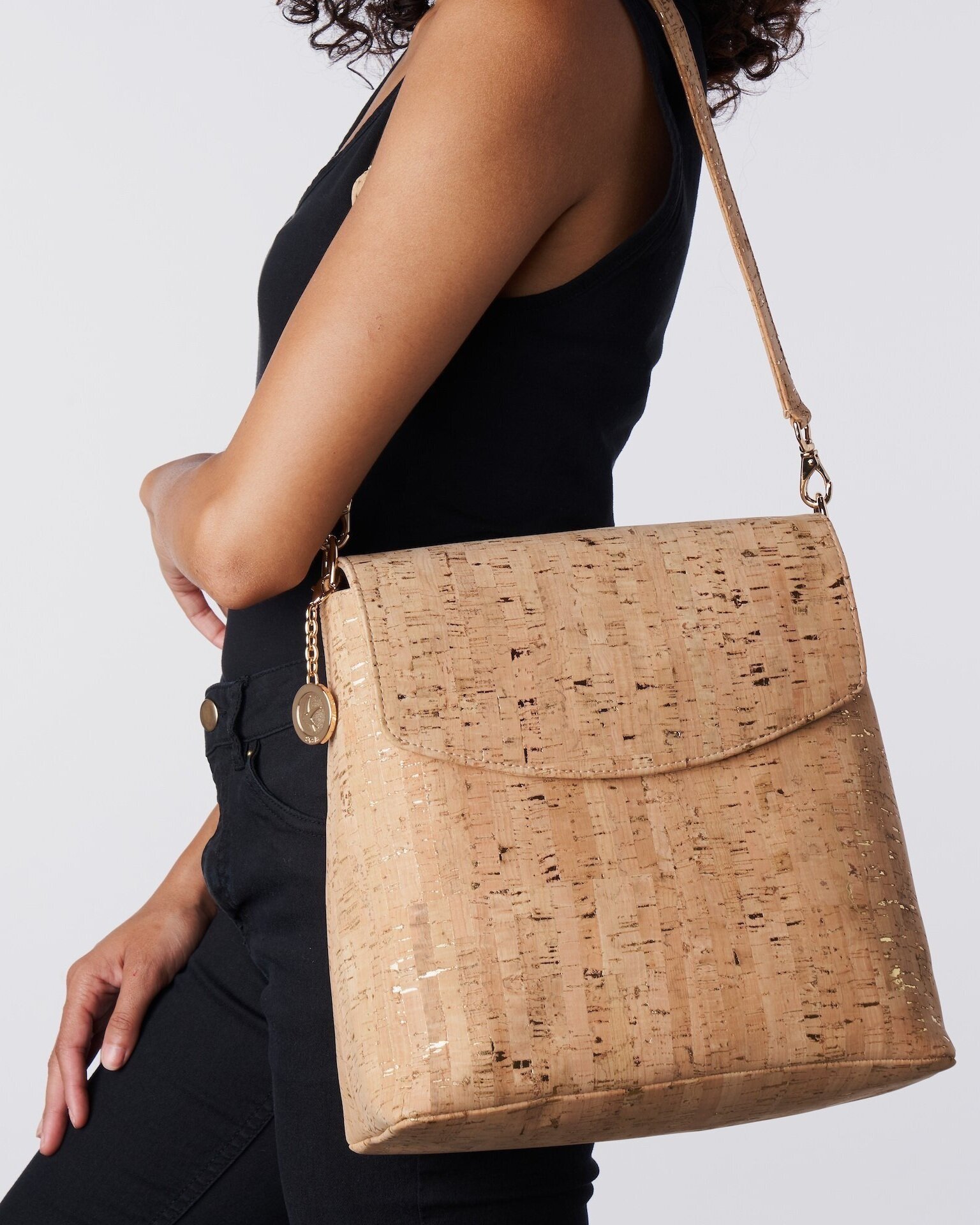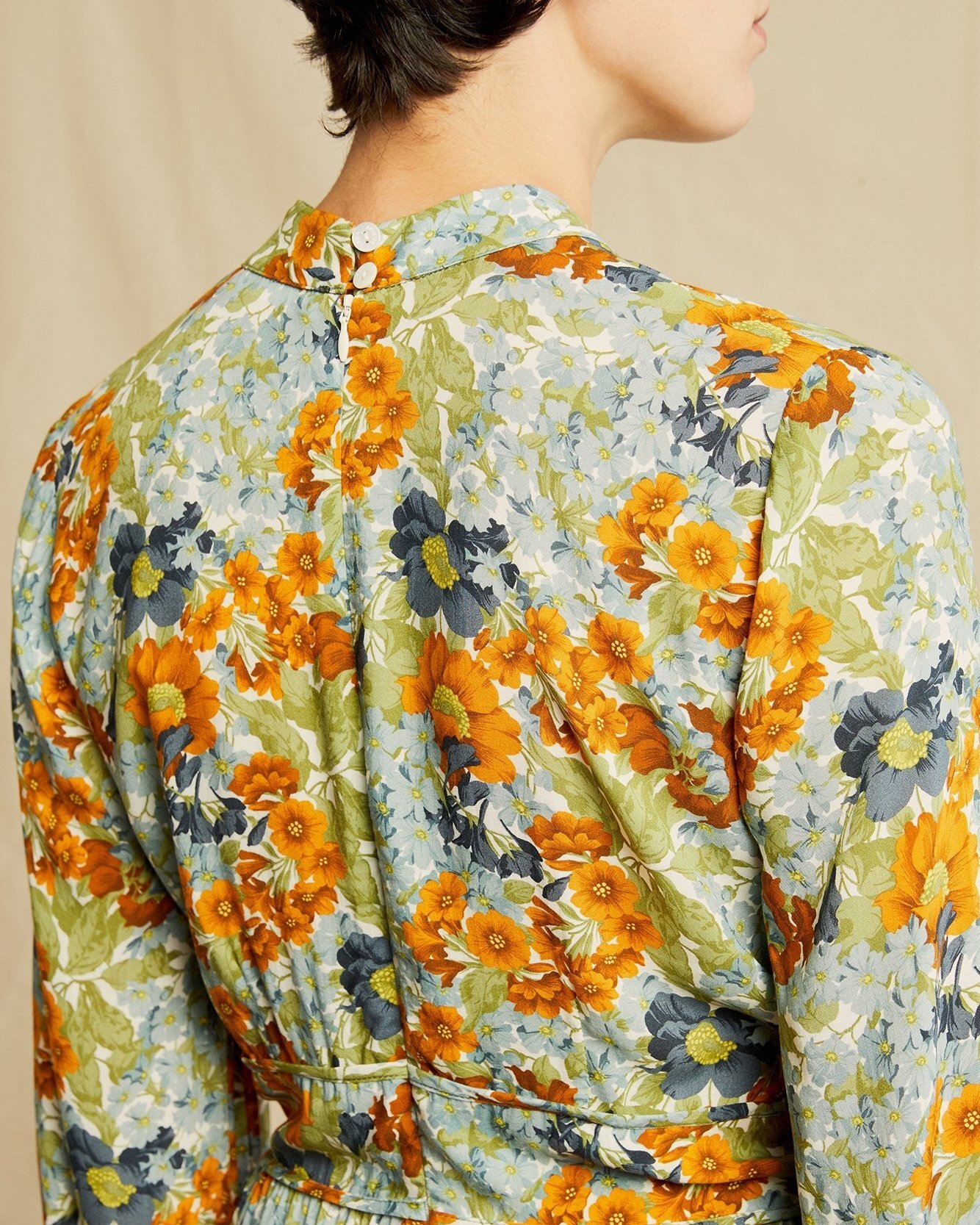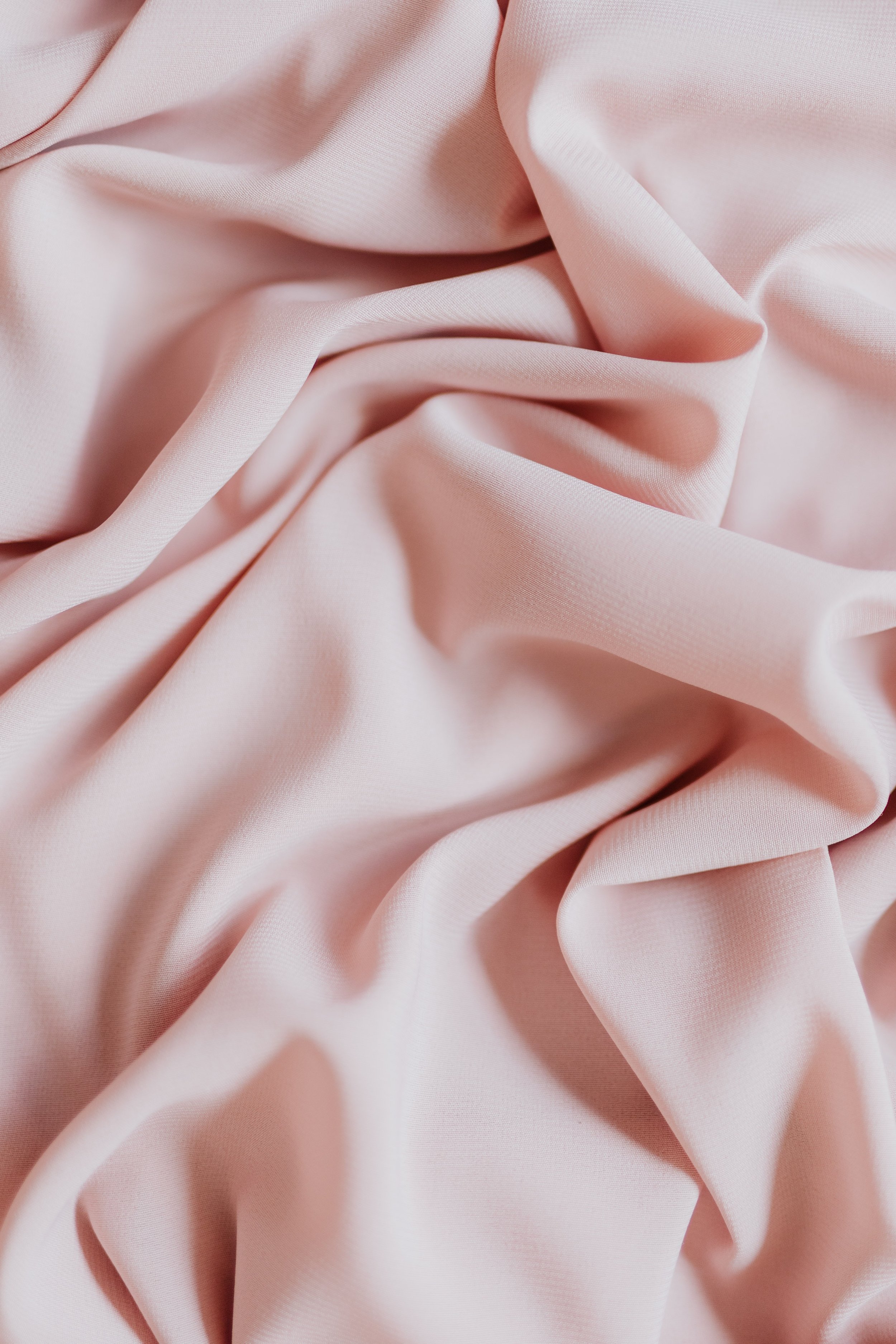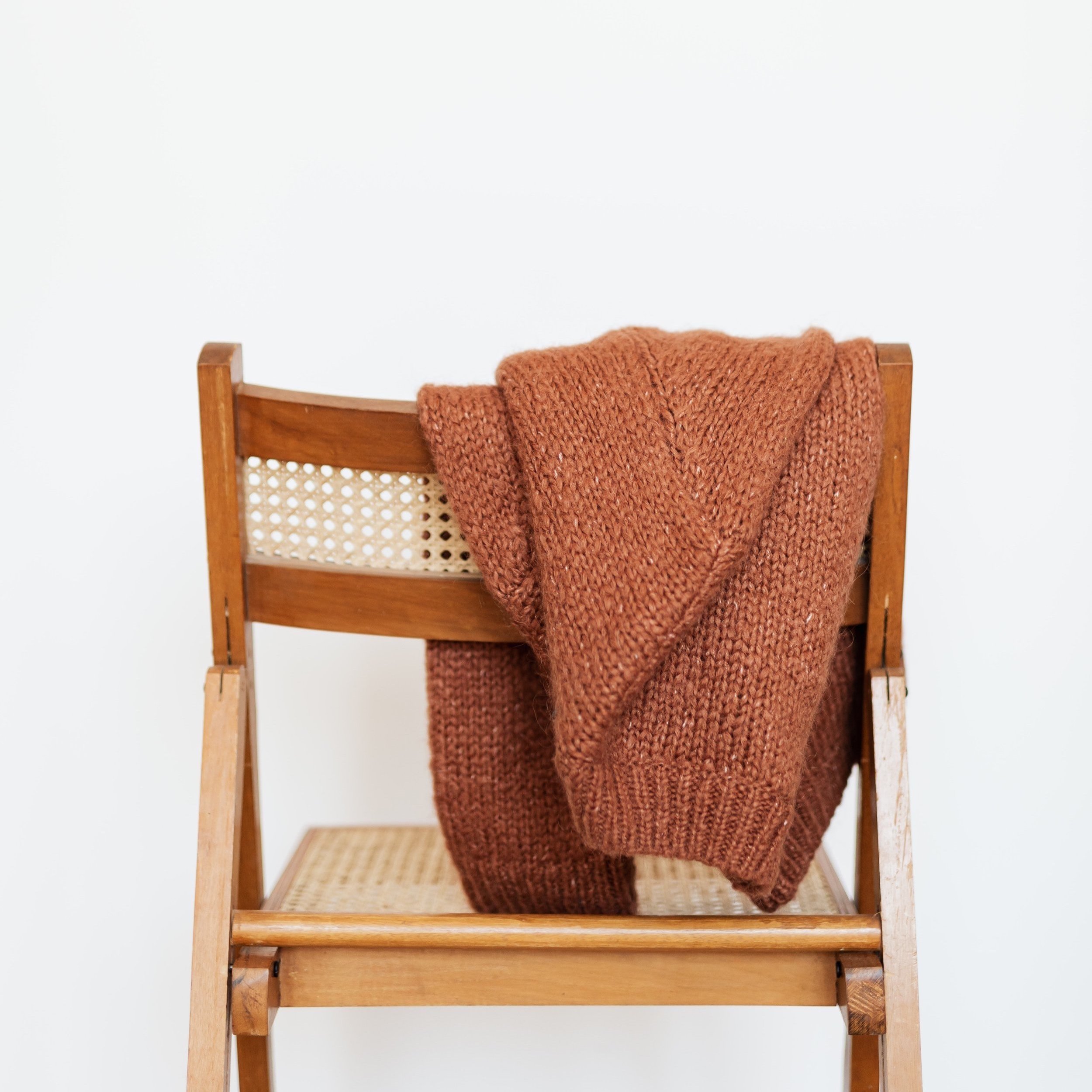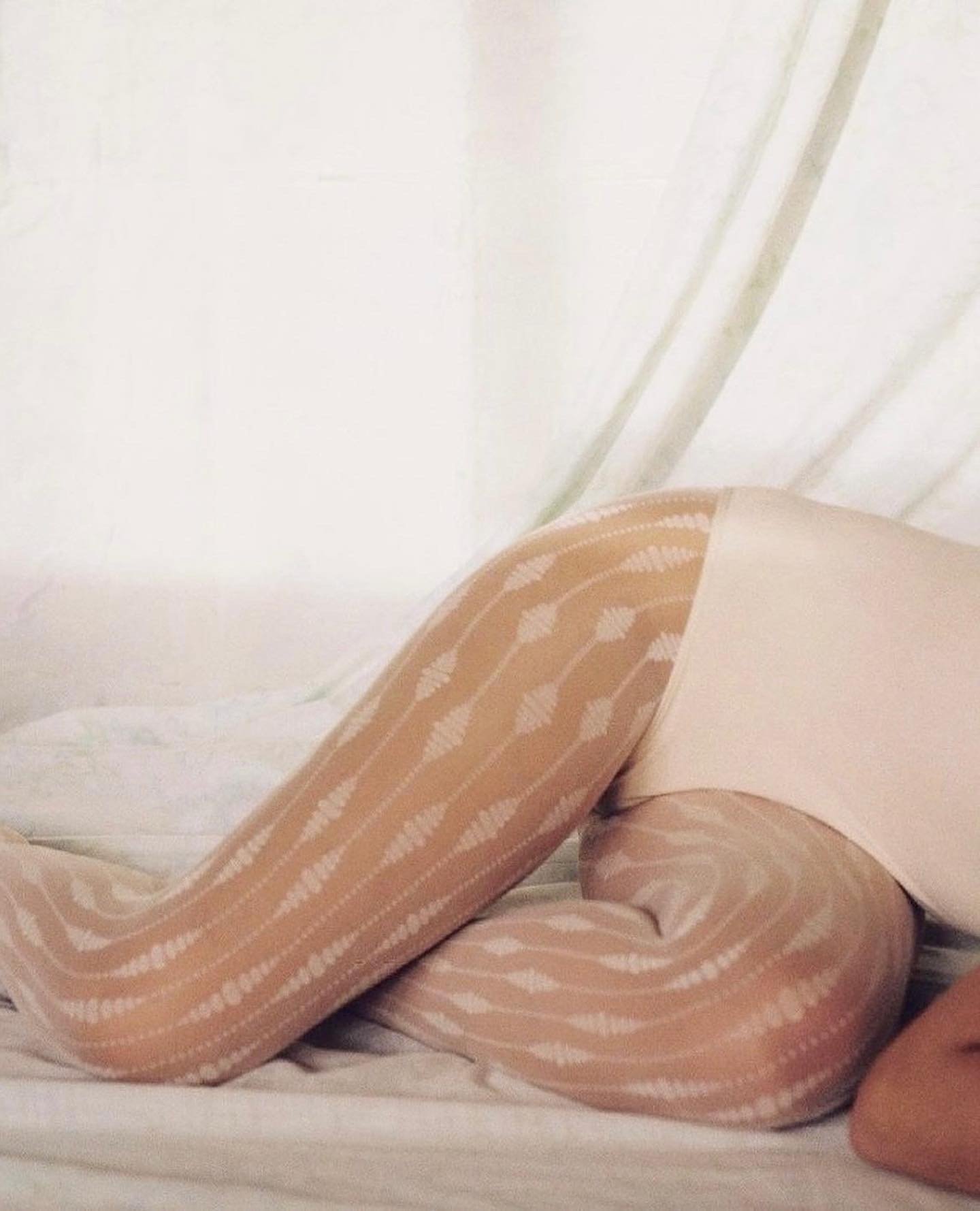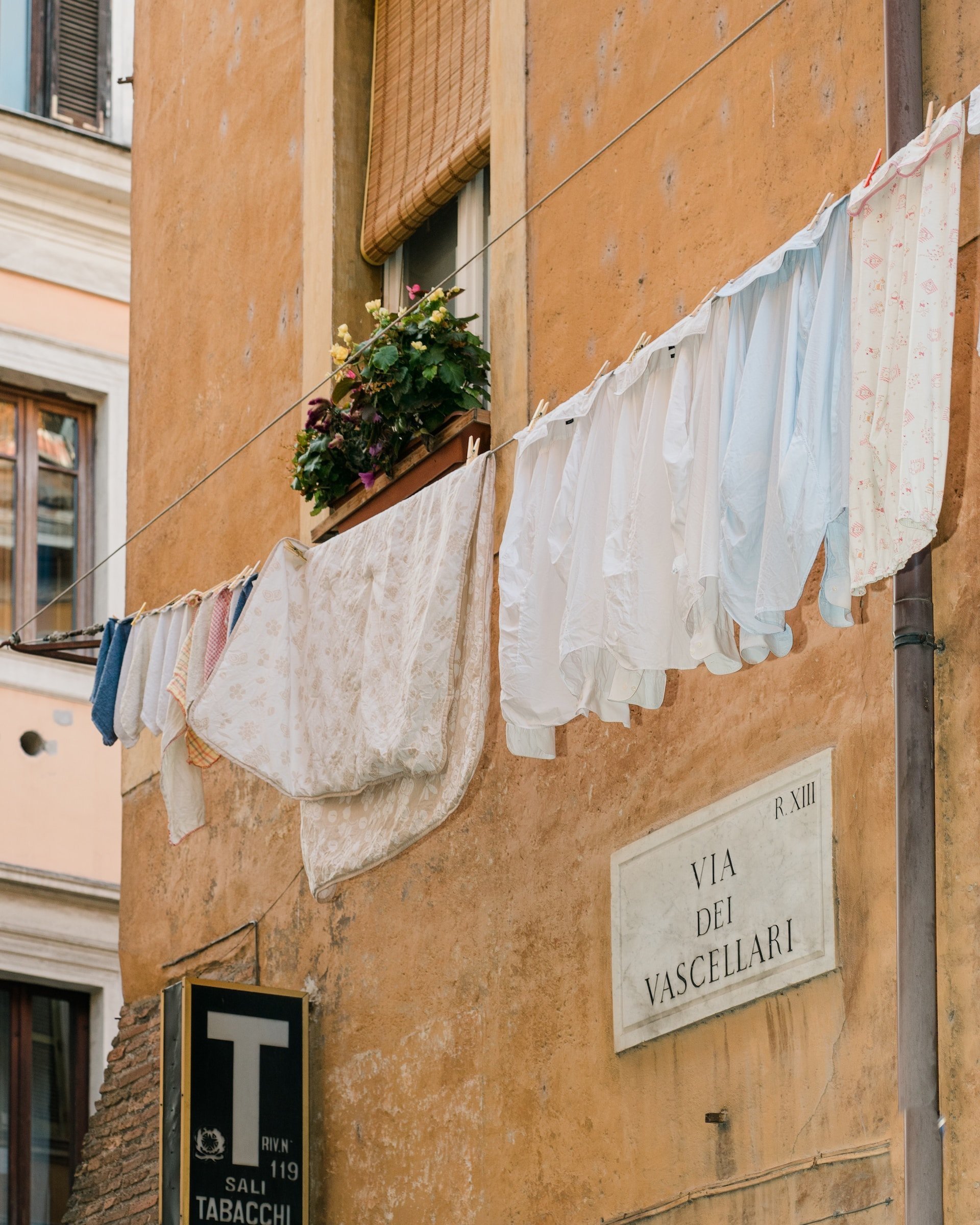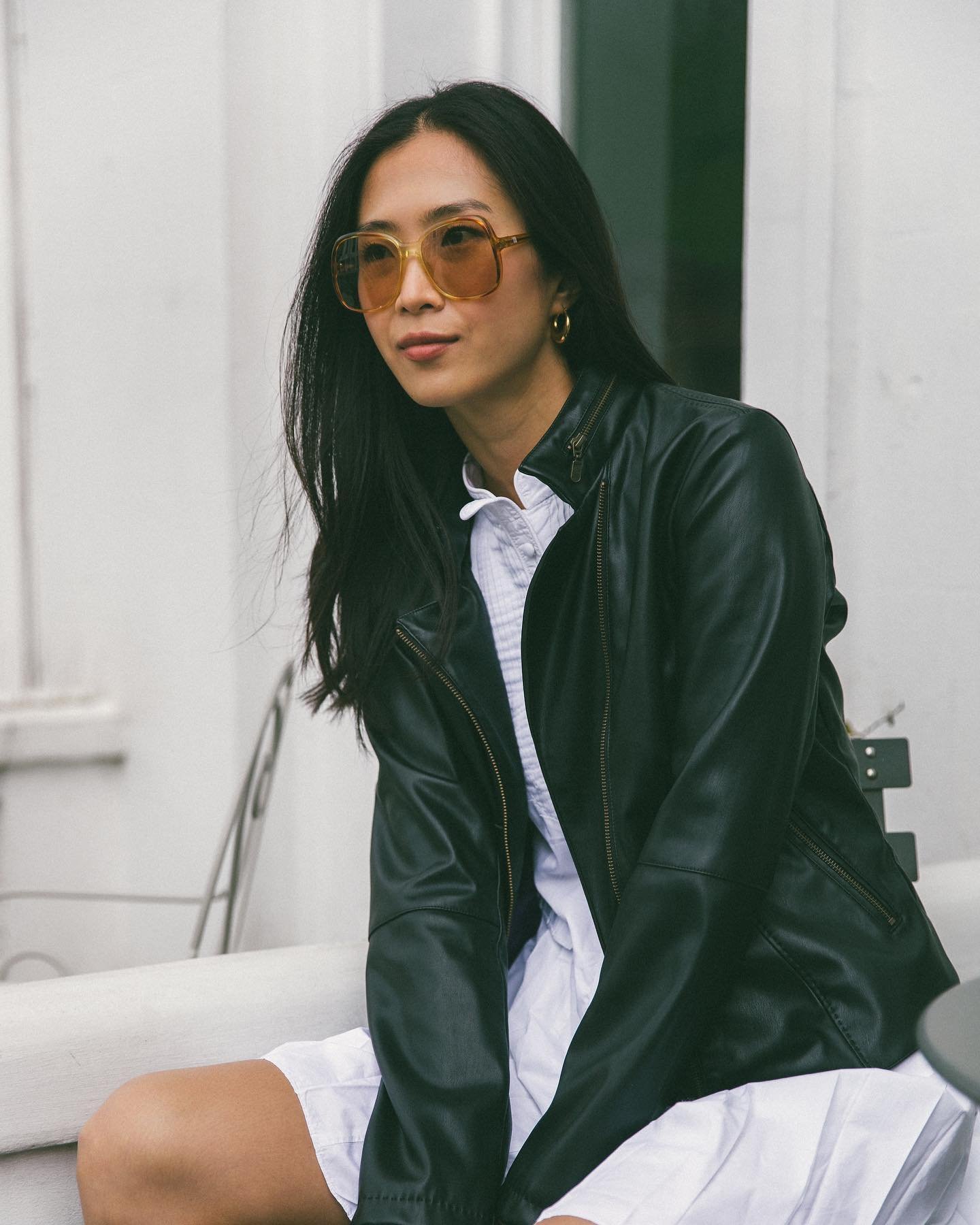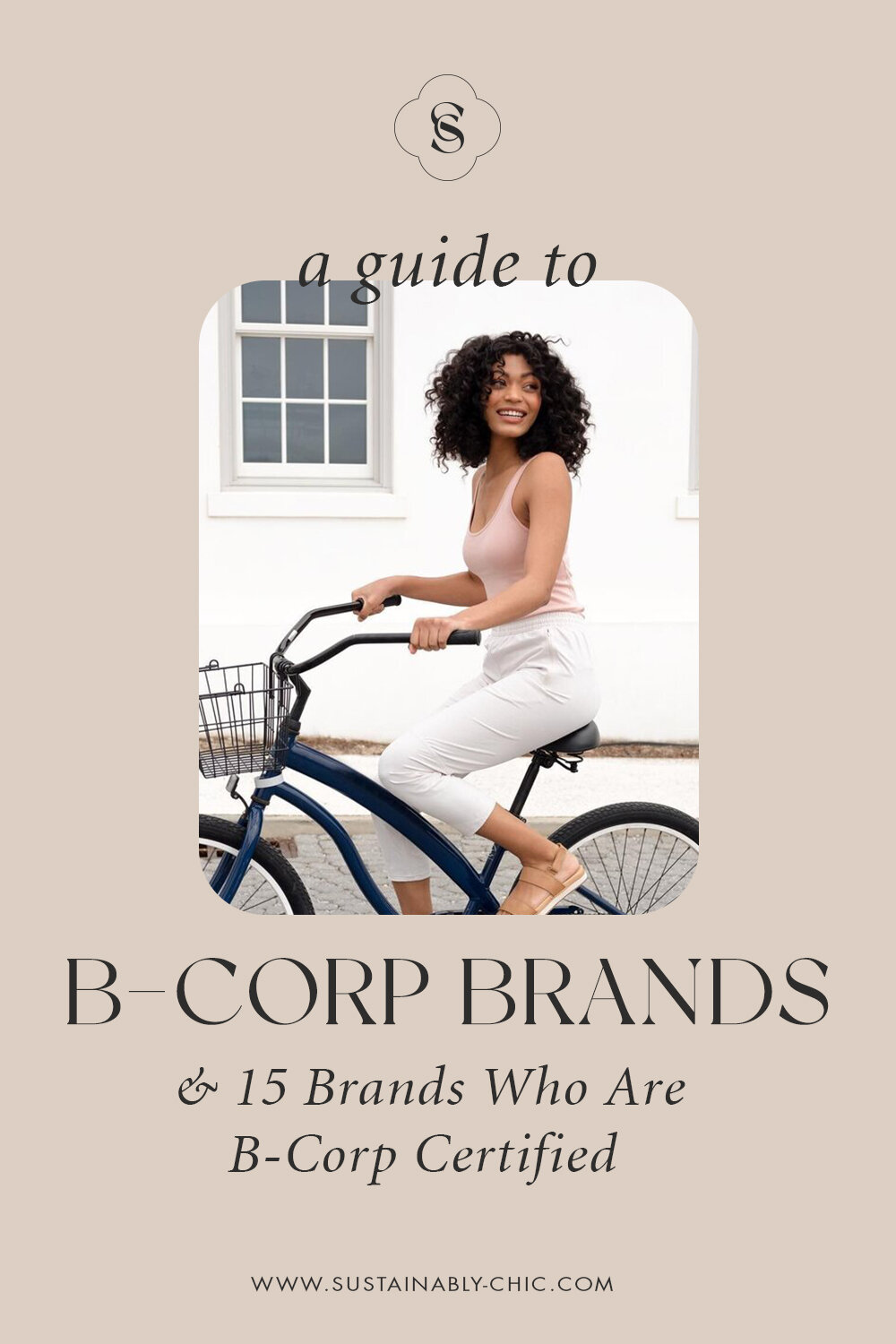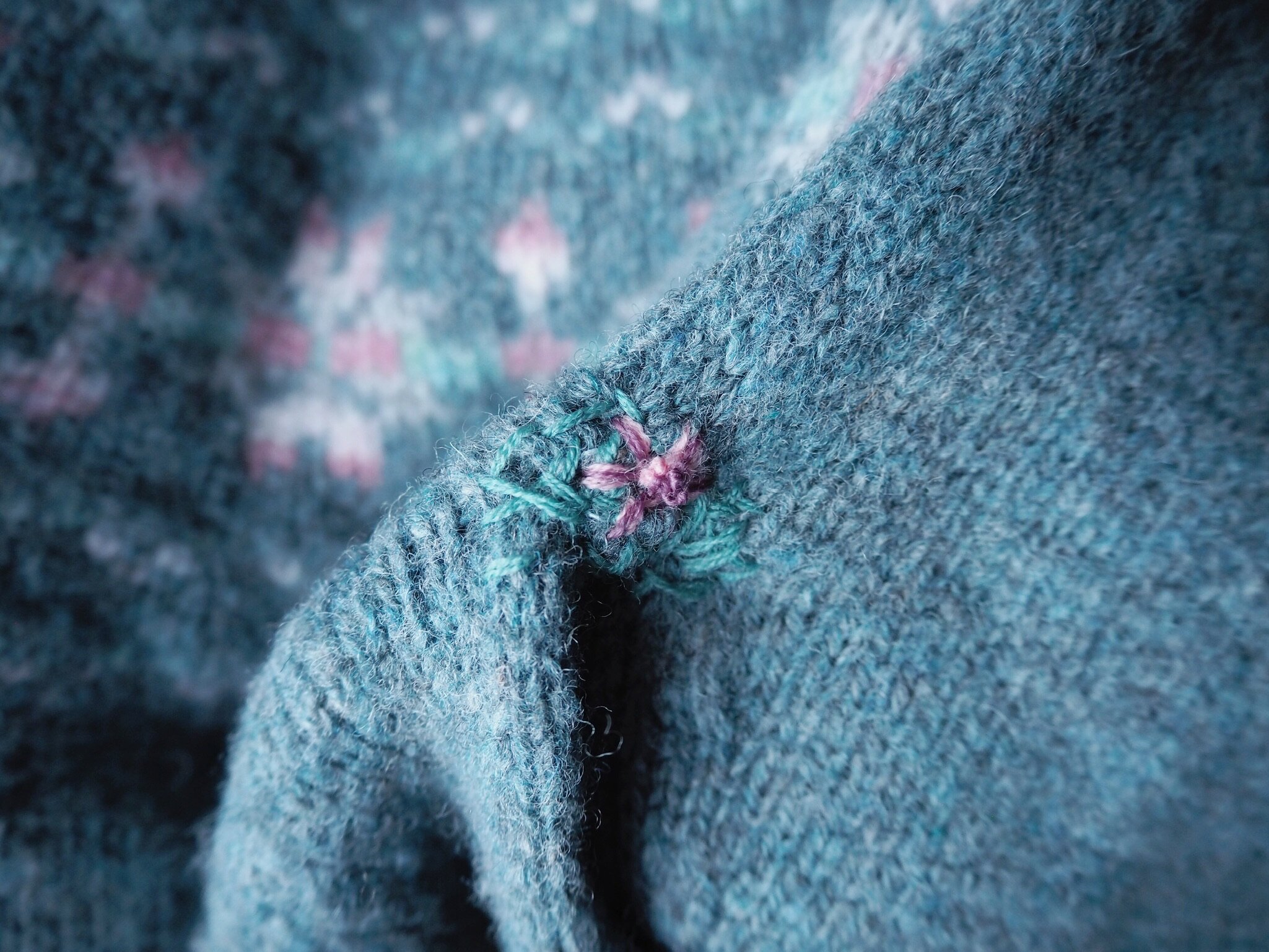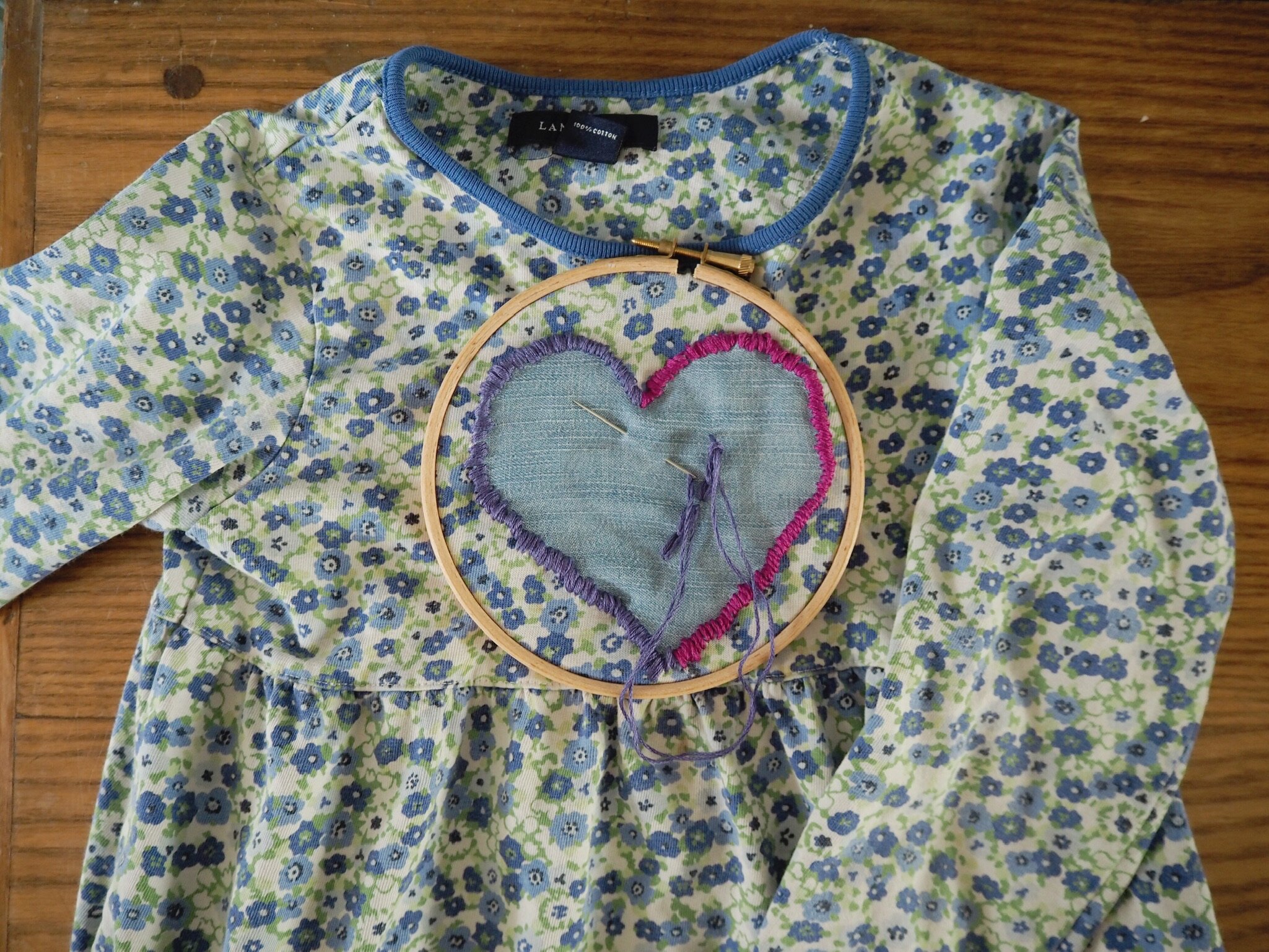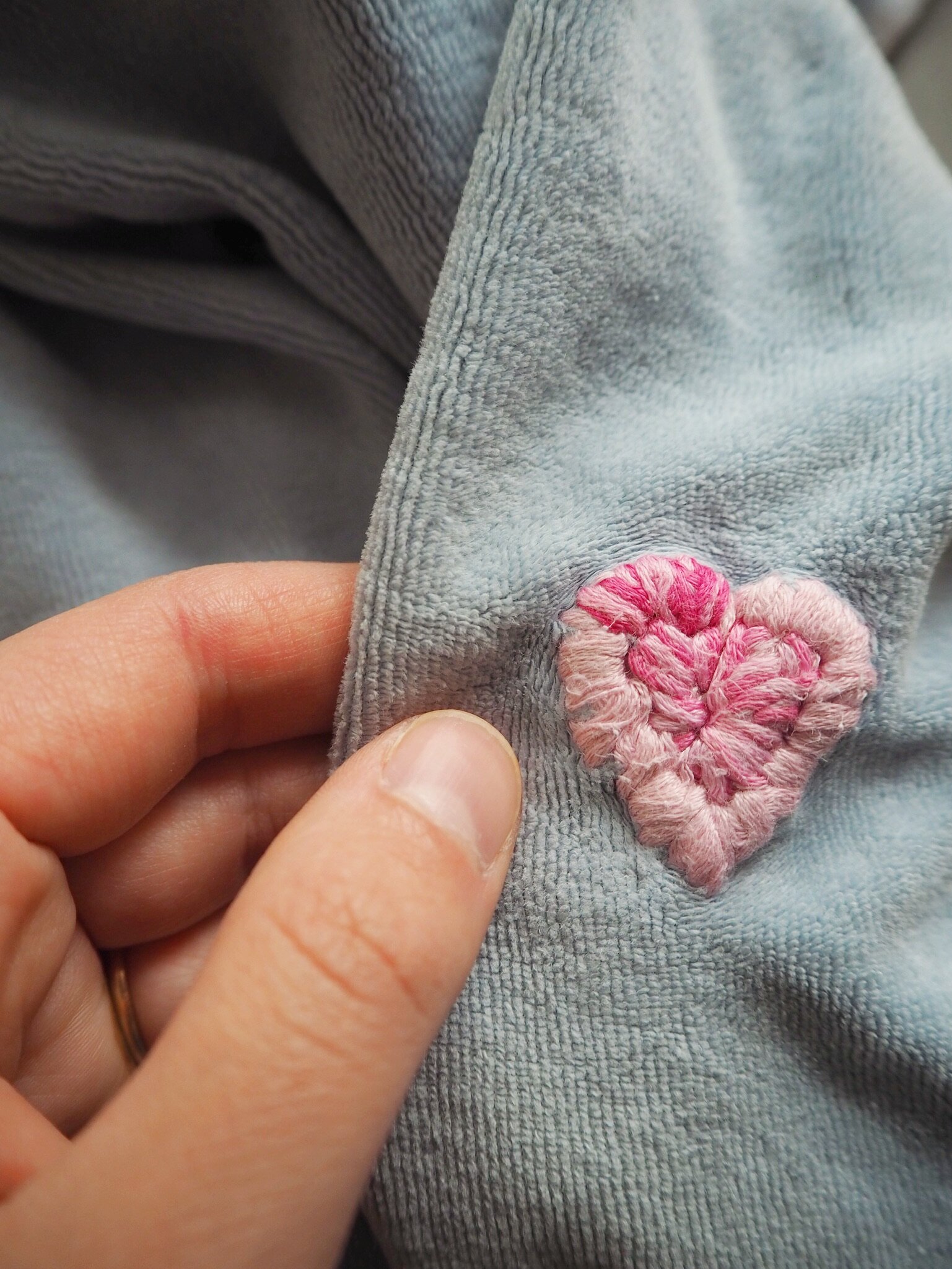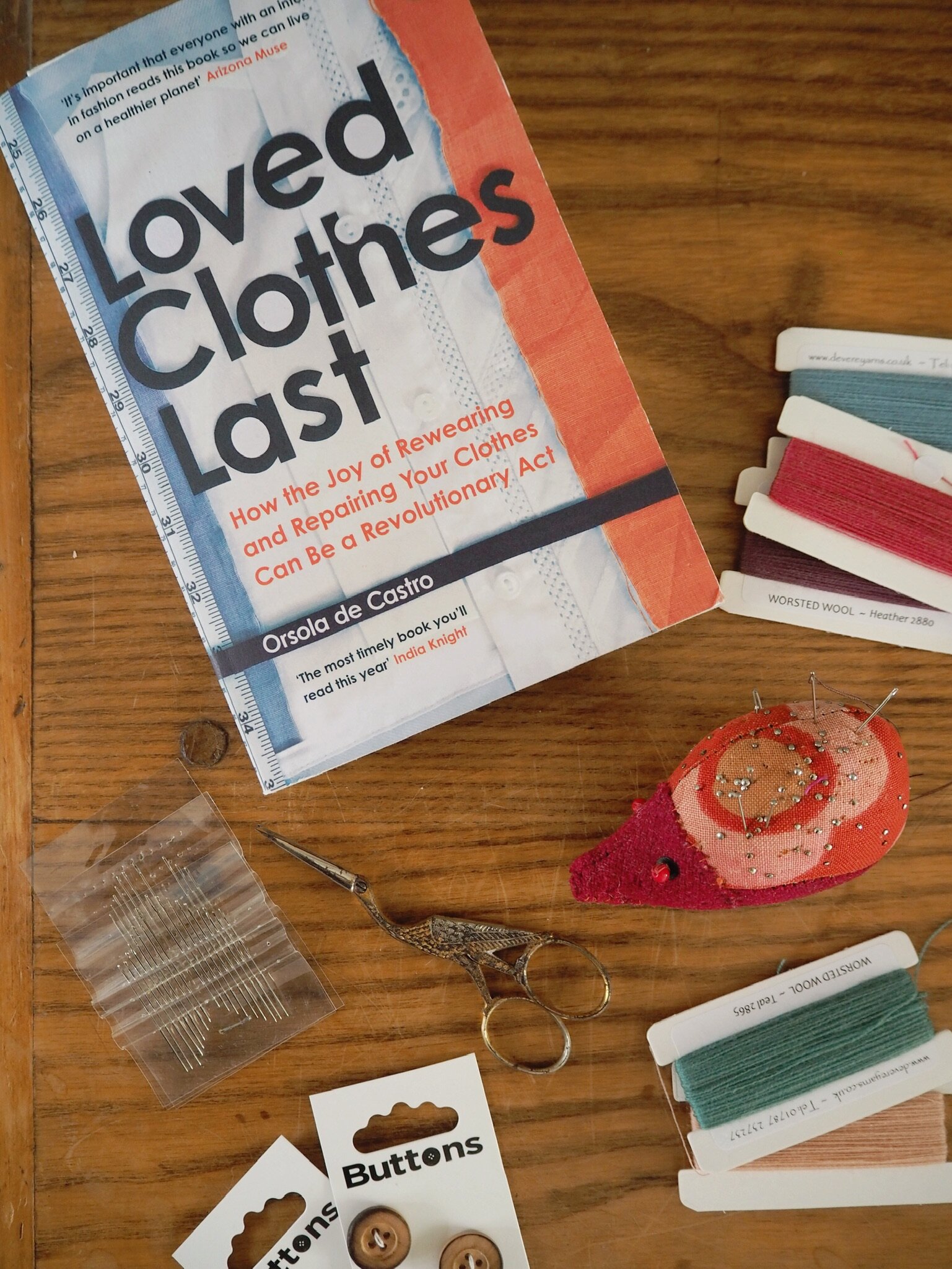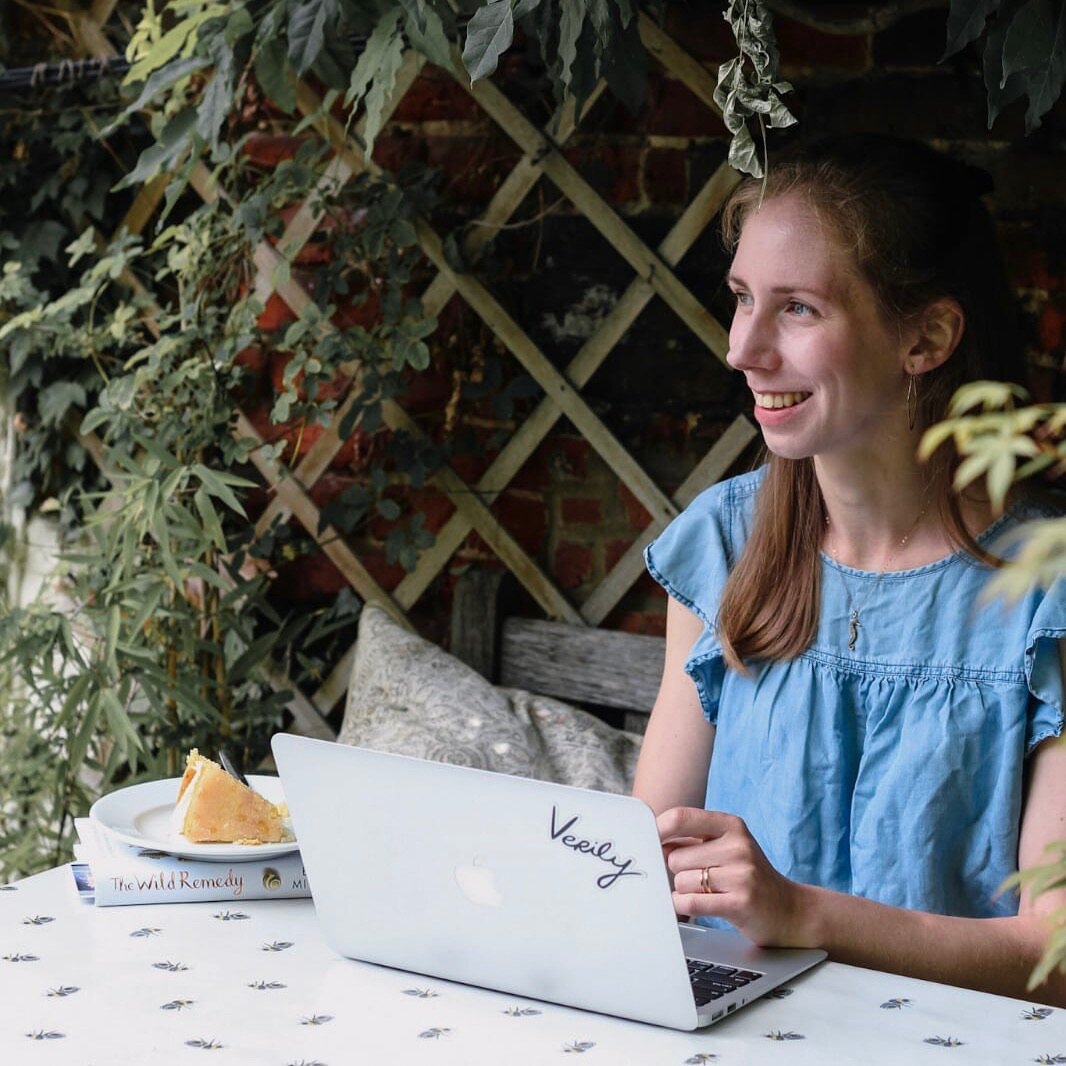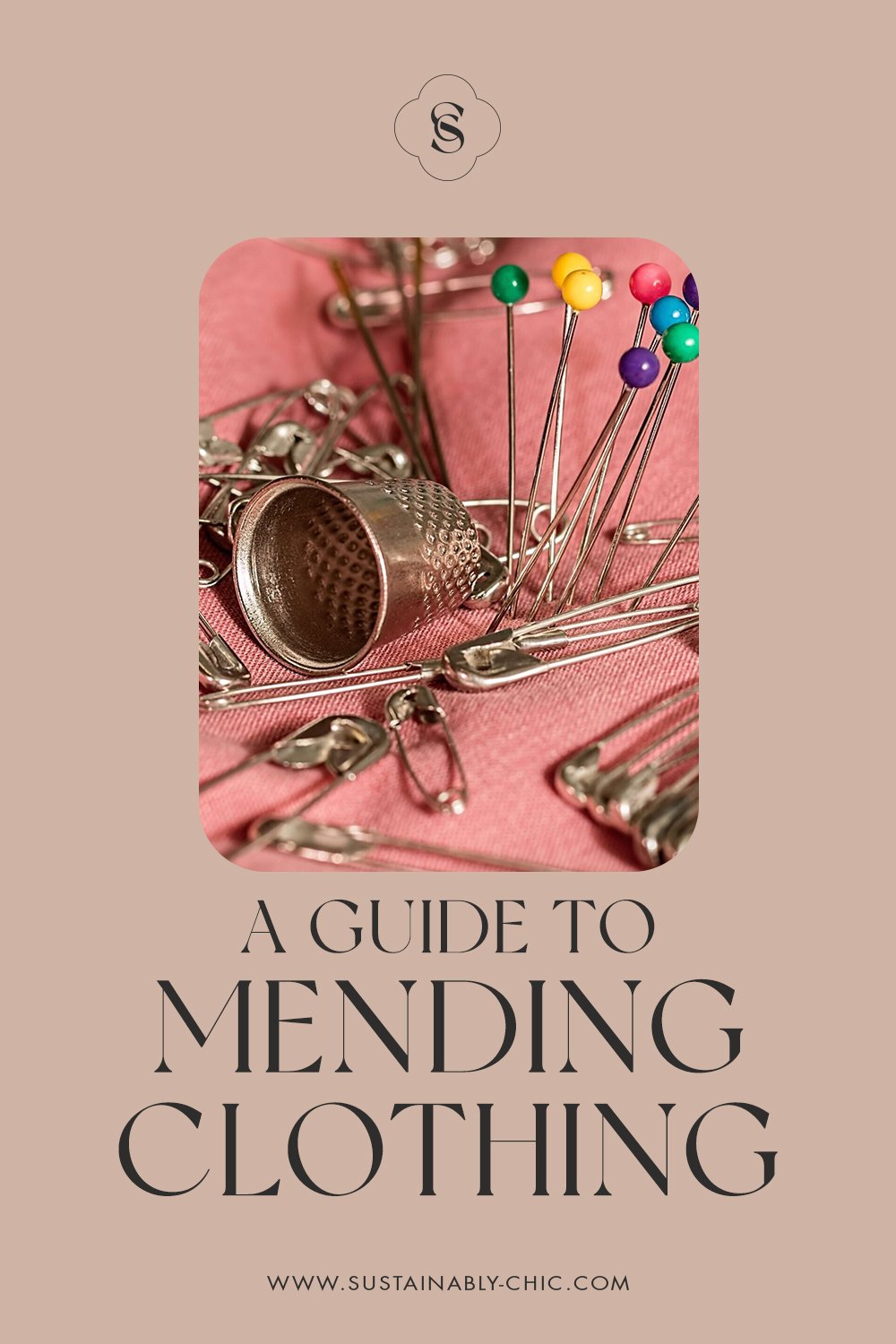
As sustainable fashion grows in popularity, many brands strive to appear eco-friendly and ethical to consumers.
However, the majority of them have barely taken any steps in the right direction. They use greenwashing as a key marketing tool, making it harder to determine a product's sustainability.
Thankfully, some third-party certifications are making shopping responsibly easier than ever. When a piece of clothing is certified by one of these, we know that it is a better choice for us and the planet.
One example is the OEKO-TEX® label, which you have probably come across at some point when shopping for clothes. Many sustainable brands are selling clothing with this label, and we have selected 15 of them in this article!
Disclosure: Some of the links below are affiliated; we may earn a small commission if you click through and make a purchase. We only feature brands that align with our values and contribute to a better world. Thank you for supporting these brands - and us!
What does the OEKO-TEX® label mean and why is it important?
The OEKO-TEX® label consists of various third-party certifications that ensure a product, typically a textile, is free from harmful substances.
The most commonly found label is the Standard 100 by OEKO-TEX®. This label indicates that a product's components - such as materials, threads, trims, zippers, linings, buttons, dyes, and coatings - have undergone rigorous testing for toxic chemicals and are safe for use.
The MADE IN GREEN by OEKO-TEX® label goes further by certifying that the product comes from an ethical and sustainable production process at every stage.
All the OEKO-TEX® labels are trustworthy certifications since OEKO-TEX® is a third-party body, and it verifies products according to a given set of standards. So when a product has one of these labels, we know that it is a healthier version for us and the environment.
When shopping for clothes or any other textiles, always check the label. Since we wear these items close to our skin, we want to avoid absorbing any harmful substances into our bodies.
We have a great article on Sustainably Chic on the OEKO-TEX® label if you want to learn more about it!
Our top picks for brands selling OEKO-TEX® Clothing:

1. PAKA
For: Women & Men
Categories: Activewear, Outerwear, Accessories
PAKA is a renowned Peruvian clothing brand known for high-quality, sustainable apparel for outdoor enthusiasts. Committed to environmental responsibility, they focus on eco-friendly materials, particularly their exceptionally soft Royal Alpaca.
By incorporating such materials, PAKA aims to establish a deeper connection between consumers and the natural world, while simultaneously fostering sustainable growth within small communities.
A notable aspect of PAKA's products is the inclusion of a QR code on each item, allowing consumers to trace the origin of the fiber back to the specific farm where it was harvested. This level of transparency underscores PAKA's dedication to ensuring the integrity and sustainability of their supply chain.
Furthermore, PAKA's dedication to environmental consciousness extends to their dyeing process, which employs environmentally friendly dyes that are certified by OEKO-TEX and GOTS. Additionally, the brand utilizes biodegradable packaging, further exemplifying their commitment to minimizing their environmental impact.
PAKA has been recognized as a certified B-Corp, a testament to their unwavering efforts in spearheading positive and sustainable change within the fashion industry!

2. Toad & Co
For: Women & Men
Categories: Tops, Bottoms, Dresses, Sweaters, Jumpsuits, Outerwear, Underwear, Accessories
From basic t-shirts to jackets to underwear, Toad & Co designs all kinds of sustainably made clothes for both men and women, featuring classic styles you will not get tired of.
The brand produces all its clothing using eco-friendly materials. It has a lot of great pieces made from hemp, TENCEL Lyocell, and organic cotton, as well as different recycled fabrics.
Most of Toad & Co’s clothes also carry the Bluesign or OEKO-TEX® Standard 100 certifications (some even have both).
All the company’s products are picked, packed and shipped in a warehouse that trains, employs and empowers people with developmental and intellectual disabilities.
Toad & Co is also a member of the Conservation Alliance and 1% For The Planet, and has helped fund 120 environmental protection organizations over the past 20 years.

3. Girlfriend Collective
For: Women & Men
Categories: Activewear, Swimwear, Underwear, Outerwear, Accessories
Very size-inclusive, Girlfriend Collective specializes in the ethical production of activewear in sizes XXS to 6XL.
It makes its clothes from recycled plastic using old disposable water bottles and fishing nets retrieved from landfills and oceans.
What I love about Girlfriend Collective is that it has taken steps to minimize its environmental impact at every stage of its supply chain.
Besides producing its clothing out of recycled plastic, it dyes its garments with eco-friendly dyes and makes sure to clean all wastewater before releasing it. It even donates the dye mud to a local pavement facility so that it can be recycled into new roads and sidewalks!
The company's fabric is certified Standard 100 by OEKO-TEX®, and its packaging is 100% recycled and recyclable. You can even send back your old Girlfriend Collective pieces and the brand will give them a new life by turning them into new clothes!

4. Subset
For: Women & Men
Categories: Underwear, Bras, Lounge
Subset is a sustainable underwear brand that has been striving to create everyday basics with the most environmentally responsible processes from the very beginning.
Available in a wide range of styles, its undies are designed to fit your body perfectly. They are very soft, comfortable, and breathable!
Subset only works with Fair Trade-certified factories to produce its collections.
Its entire manufacturing process thus follows the most stringent ethical standards. Not only that, but it also received the OEKO-TEX® and GOTS certifications.
The majority of its undies are made from GOTS-certified organic cotton. The brand has also recently introduced new sustainable materials in its products, such as Tencel and recycled nylon.
Subset is climate-neutral certified and a member of 1% For The Planet. Each year, it also donates thousands of underwear to different organizations helping women in need across the country.

5. Cleobella
For: Women
Categories: Swimwear
Cleobella is an ethically handmade fashion brand founded in 2006 by Angela and Jim O'Brien, inspired by their travels through Bali and India. The brand focuses on creating sustainable, timeless designs while supporting local artisans with fair wages.
Cleobella's collections feature hand-embroidery, vibrant prints, and a bohemian aesthetic influenced by global cultures. Committed to sustainability, they use eco-friendly materials like organic cotton, non-toxic dyes, and biodegradable packaging, partnering with organizations like One Tree Planted to offset carbon emissions by planting trees worldwide.
Cleobella's swimwear line showcases their commitment to sustainability. The collection features pieces made from recycled nylon, with several styles certified by Oeko-Tex, ensuring that no harmful substances are present in the textiles. Each swimwear piece displays bold, hand-dyed patterns, reflecting the brand's dedication to sustainable and ethical fashion practices.

6. Colorful Standard
For: Women & Men
Categories: Basics
Colorful Standard is a vibrant sustainable fashion brand that brings you timeless basics while caring for the planet. Each piece is thoughtfully crafted from 100% organic cotton and recycled merino wool, ensuring you get the best quality without compromising on environmental responsibility.
What truly sets Colorful Standard apart is its stunning array of 41 rich hues. The brand uses dyes that are OEKO-TEX® Standard 100 certified, which means you can wear these colors with confidence, knowing they’re free from harmful chemicals.
With such a beautifully diverse color palette, Colorful Standard proudly reflects its dedication to ethical production practices and a more sustainable future.

7. Underprotection
For: Women
Categories: Lingerie, Loungewear, Pajamas, Swimwear, Accessories
Underprotection is a sustainable Danish brand designing lingerie, swimsuits, hosiery, and loungewear. It even has a nice maternity collection, providing underwear, bras and swimwear for pregnant or breastfeeding women.
You get to choose between various colors, prints and laces, and all the styles are very chic and made to flatter your body!
Underprotection creates its clothing using sustainable materials such as TENCEL Lyocell, GOTS-certified organic cotton, and even some more innovative ones like banana and milk fibers.
All the synthetic materials it uses are certified by the Global Recycled Standard and OEKO-TEX®. Underprotection’s recycled and responsible wools also received the OEKO-TEX® certification, so you have lots of clothes to choose from!
The company is also a certified B Corporation and it has a great take-back program. Plus, it regularly partners with different organizations working to help the environment.

8. Encircled
For: Women
Categories: Tops, Bottoms, Dresses, Jumpsuits, Jackets, Accessories
Encircled is an ethical Canadian brand selling versatile, timeless clothing for women who want to feel both comfortable and stylish all day long.
It crafts its pieces using natural and OEKO-TEX® certified materials and colors them with low-impact dyes. You can pick clothes made from organic cotton, linen, TENCEL lyocell, modal, bamboo rayon, or merino wool.
Another thing that makes Encircled very sustainable is that its products are all made in factories located only 20 minutes away from the company’s headquarters in Toronto, Canada. This drastically reduces the CO2 emissions generated during the transportation process!
The brand is also a certified B Corporation, and it tries to minimize textile waste as much as possible. For instance, its sewing studios save all fabric scraps to give them a new life and upcycle them into new accessories.

9. Luxmii
For: Women
Categories: Casual, At Home, At Work, Maternity, Vacation
LUXMII is redefining eco-luxury with a commitment to crafting exquisite, sustainable linen textiles that meet the highest industry standards.
Rooted in a dedication to premium quality and ethical practices, LUXMII sources its linen from certified European flax fields, ensuring that every fiber is cultivated without irrigation or GMOs. Each product adheres to stringent certifications, including the European Flax and Masters of Linen labels, guaranteeing a purely European supply chain and high-quality cultivation.
What's more, LUXMII proudly meets the Global Organic Textile Standard (GOTS), a testament to their organic and socially responsible manufacturing processes. And, of course, the OEKO-TEX 100 Standard, which assures products are free from harmful chemicals, and safe for even the most sensitive skin.
use code SUSTAINABLYCHIC for 10% off your purchase

10. Tripulse
For: Women & Men
Categories: Activewear
Tripulse is redefining activewear by eliminating plastic from the equation!
As a sustainable brand based in Sweden, Tripulse’s commitment to eco-friendly practices and ethical labor standards is evident throughout their entire supply chain.
Crafted from TENCEL™ Lyocell fibers, Tripulse's activewear is made from sustainably sourced wood. These fibers are processed in a closed-loop system, which minimizes waste and avoids harmful chemicals, resulting in biodegradable, plastic-free, and toxin-free products—ideal for both intense workouts and everyday wear!
Tripulse upholds stringent social and environmental standards, with all production taking place in Europe under certifications such as GOTS and - of course - OEKO-TEX®. They also source materials from forests managed responsibly, certified by FSC and PEFC, and they have achieved Climate Neutral Certification by measuring, offsetting, and reducing their carbon footprint.

11. Wolven
For: Women & Men
Categories: Activewear, Swimwear
Founded by artists and planet lovers, Wolven creates sustainable activewear featuring stunning prints inspired by nature and different cultures around the world.
The brand’s pieces are made from recycled polyester, which contributes to removing on average one pound of trash from the oceans for each sale.
For instance, Wolven’s leggings are produced using 27 post-consumer recycled plastic bottles!
Very soft and durable, the fabric is certified by OEKO-TEX® and the Global Recycled Standard.
Wolven also uses modal fabrics, which are produced from wood pulp fibers that are sustainably harvested.
The company is incredibly transparent about its carbon footprint and makes sure to offset it. It is also a member of 1% For The Planet, and it sends its products wrapped with a piece of hemp twine and packaged in a recycled mailer or paper box.

12. Hernest
For: Women
Categories: Loungewear, Sleepwear
Hernest is all about creating loungewear and sleepwear that not only feels amazing but is also kind to our planet. They focus on comfort and sustainability by using eco-friendly fabrics like TENCEL™ and recycled natural fibers, ensuring that each piece is gentle on your skin and the environment.
One of the highlights of their commitment to safety and sustainability is the Oeko-Tex Standard 100 certification. Take, for example, the Logan RESET Sleep and Lounge Tee. It’s made from a soft, lightweight jersey crafted from recycled materials and TENCEL™, all dyed in a BLUESIGN-certified facility. Plus, it proudly carries the Oeko-Tex certification. This tee is a perfect representation of Hernest's passion for ethical and eco-conscious fashion, making you feel good inside and out while you relax!

13. Aday
For: Women
Categories: Tops, Bottoms, Jackets, Sweaters, Dresses, Activewear
Aday creates sustainable, versatile clothing specially made to encourage you to become an outfit repeater. Its pieces are thoughtfully-designed and very comfortable, most of them feature pockets, and many can be worn in different ways.
The brand offers a large selection of everyday basics made with innovative fabrics, like recycled polyester produced from recycled post-consumer plastic, or TENCEL modal, which is made in a closed-loop system.
Aday also reuses textile waste to create new products. The brand makes its recycled cashmere out of upcycled fabric scraps sourced from factories specializing in the production of luxury fashion.
All its fabrics are either Bluesign or OEKO-TEX® certified, so they are better for you and the environment. The company also donates 1% of its sales to different non-profit organizations.

14. Fanfare
For: Women
Categories: Everyday Clothing, Linen Sets
Fanfare Label is an independent sustainable fashion house committed to circularity and positive change. They use eco-friendly materials, such as GOTS-certified organic cotton from India and ethically produced linen from Belgium, which holds Oeko-Tex certification to ensure the absence of harmful chemicals.
Additionally, Fanfare repurposes textiles that would otherwise end up in landfills, giving them new life through innovative designs. Their entire collection is plastic-free, with materials sourced sustainably and accredited by organizations including Oeko-Tex and GOTS.

15. Jan N' June
For: Women
Categories: Handbags, Basics
JAN 'N JUNE is a sustainable fashion label based in Hamburg, Germany. Founded in 2014 by Juliana Holtzheimer and Anna Bronowski, the brand is dedicated to creating affordable, minimalist, and stylish clothing made from eco-friendly materials such as organic cotton, Tencel, and recycled fabrics.
To promote transparency, JAN 'N JUNE provides an "ECO-ID" for each product, which details its production journey. The company collaborates with family-run factories in Poland and Portugal, ensuring fair working conditions for all workers involved.
They have a collection of handbags and basics that carry the Oeko-Tex certification.

About the Author
Eva Astoul is a French freelance writer, specializing in content related to sustainability, simple living, and a growth-focused healthy lifestyle. She runs her own blog, Green With Less, to inspire people to live a more minimalist and sustainable life.
WANT MORE SUSTAINABLE BRANDS? VISIT OUR BRAND DIRECTORY!
Our Brand Directory is home to hundreds of sustainable brands, from makeup to cleaning supplies, from underwear to shoes. We have broken everything down by category for easy shopping, along with discount codes unique to Sustainably Chic viewers.

